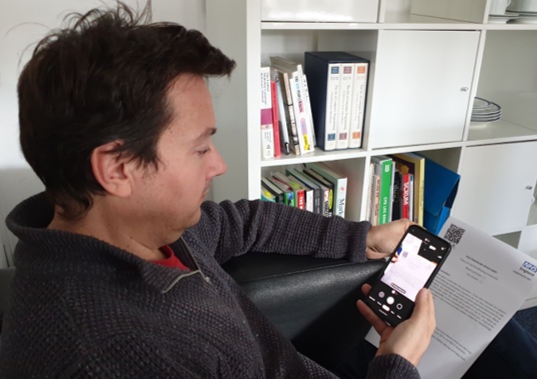Enhancing Service Uptake and Efficiency through Accessible Communication
In the intricate web of managing large organizations and public sector services, one formidable challenge continues to loom: the issue of improving service uptake while battling the staggering problem of “Did not attend” rates. These rates, which exceed £1 billion in the NHS alone, give rise to a cascade of issues, including strained customer service, compromised customer care, and resource inefficiencies due to unpredictability and a host of other factors.
The Unseen Ripple Effects
When clients and patients fail to attend scheduled appointments or utilize offered services, the repercussions ripple across the organization. Customer service teams scramble to manage the fallout, patients are left feeling underserved, and valuable resources are allocated to meet the demands of unpredictable attendance patterns.
The Power of Accessible Communication
Enter the game-changer: accessible communication. A solution that not only bridges the gap between service providers and clients but also promises a resounding 23% reduction in these persistent problems. By ensuring that vital information is disseminated through accessible means, you empower a wider audience to engage effectively with your services. Be it through easy-to-understand language, visual aids, or, in particular, accessible reminders, the impact is profound.
Accessible Reminders: A Game-Changing Strategy
Accessible reminders represent a pivotal aspect of the solution. They serve as an indispensable tool for improving service uptake. By employing various formats such as text messages, emails, and even video messages with sign language interpretations, you extend a personalized touch that resonates deeply. These reminders transcend barriers, ensuring that individuals of diverse abilities remain informed and engaged. As a result, the “Did not attend” rates dwindle, leading to smoother operations, heightened customer satisfaction, and optimal resource allocation.
Unveiling Efficiency: Predictability in Action
Moreover, the introduction of accessible communication introduces a level of predictability that organizations crave. No longer are you at the mercy of erratic attendance patterns or last-minute cancellations. Accessible reminders foster a sense of responsibility and accountability among clients, leading to more reliable and consistent service usage. This newfound predictability allows for streamlined resource allocation, optimized staffing, and a marked reduction in inefficiencies that can plague large organizations.
Forging a Path Forward
In the intricate tapestry of large organizations and public sector services, the puzzle of service uptake and attendance rates demands a comprehensive solution. Accessible communication, especially through accessible reminders, emerges as the missing piece that resolves this complex challenge. With a potential reduction of 23% in “Did not attend” rates, the transformative power of inclusivity becomes evident. By embracing accessible communication, managers and leaders pave the way for a future where efficiency, customer care, and resource management align seamlessly, ushering in a new era of success and satisfaction.











